ASTM D624 – Standard Test Method for Tear Strength of Conventional Vulcanized Rubber and Thermoplastic Elastomers
ASTM D624 – This test method describes procedures for measuring a property of conventional vulcanized rubber and thermoplastic elastomers called tear strength.
Vulcanized rubber and thermoplastic elastomers (TPE) often fail in service due to the generation and propagation of a special type of rupture called a tear.
This test method measures the resistance to tearing action.
Please Contact With Us For More Information
- Description
- Reviews (0)
- TECHNICAL SPECIFICATIONS
Description
Description
ASTM D624 – Standard Test Method for Tear Strength of Conventional Vulcanized Rubber and Thermoplastic Elastomers
Elastomer Tear Strength Test Fixture
ASTM D624 – This test method describes procedures for measuring a property of conventional vulcanized rubber and thermoplastic elastomers called tear strength.
Vulcanized rubber and thermoplastic elastomers (TPE) often fail in service due to the generation and propagation of a special type of rupture called a tear.
This test method measures the resistance to tearing action.
Tear strength may be influenced to a large degree by stress-induced anisotropy (mechanical fibering), stress distribution, strain rate, and test piece size.
The results obtained in a tear strength test can only be regarded as a measure under the conditions of that particular test and may not have any direct relation
to service performance.
The significance of tear testing must be determined on an individual application or product performance basis.
ASTM D624 – Geometry
There are several sample geometries that can be used for this test.
The sample types are easily found on the google machine or in the associated ASTM specification.
Type C is the most common, however Type B is also used to some degree.
Scissor Grips are a great solution for this elastomer tear strength test.
The samples have a tendency to thin out during the test which causes vise grips to slip and fail.
Scissor Grips as well as roller grips are self-tightening and thus are able to avoid maintain a constant lateral gripping force throughout the test.
Referenced Documents
ASTM Standards
ASTM D412 Test Methods for Vulcanized Rubber and Thermoplastic ElastomersTension
ASTM D1349 Practice for RubberStandard Conditions for Testing
ASTM D3182 Practice for RubberMaterials, Equipment, and Procedures for Mixing Standard Compounds and Preparing Standard Vulcanized Sheets
ASTM D3183 Practice for RubberPreparation of Pieces for Test Purposes from Products
ASTM D3767 Practice for Rubber–Measurement of Dimensions
ASTM D4483 Practice for Evaluating Precision for Test Method Standards in the Rubber and Carbon Black Manufacturing Industries
ISO Standard
ISO/34 Rubber, Vulcanized Determination of Tear Strength (Trouser, Angle, and Crescent Tear Pieces) Available from American National Standards Institute,
11 West 42 nd St., 13th Floor, New York, NY 10036.
***PARSROS offers several types of grips and fixtures which will enable you to perform a variety of tests that are
accurate and repeatable.
Reviews (0)
TECHNICAL SPECIFICATIONS
Please Contact with our engineers so that we can find and offer Best Universal Tensile Test Machines , Grips , Jaws and Other Accessories for your operations


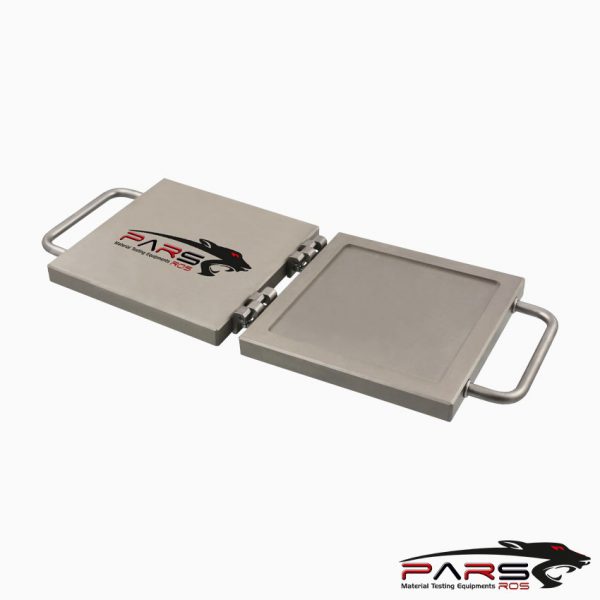
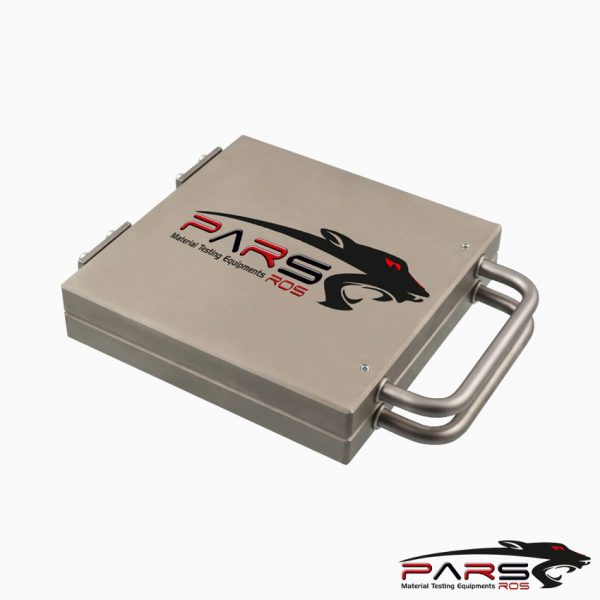
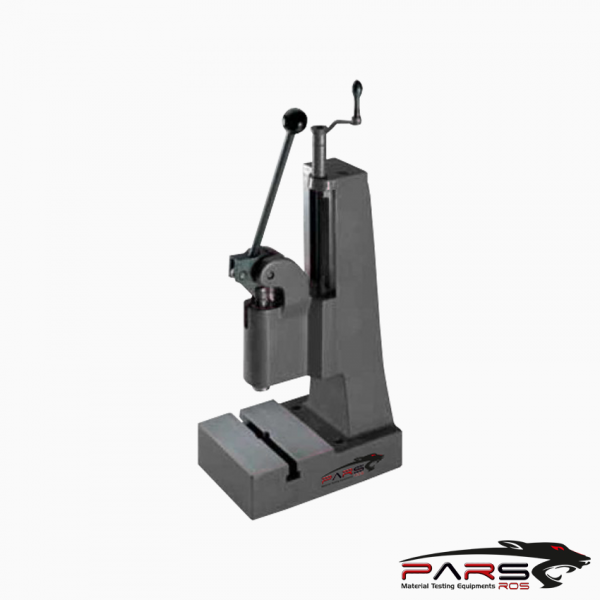
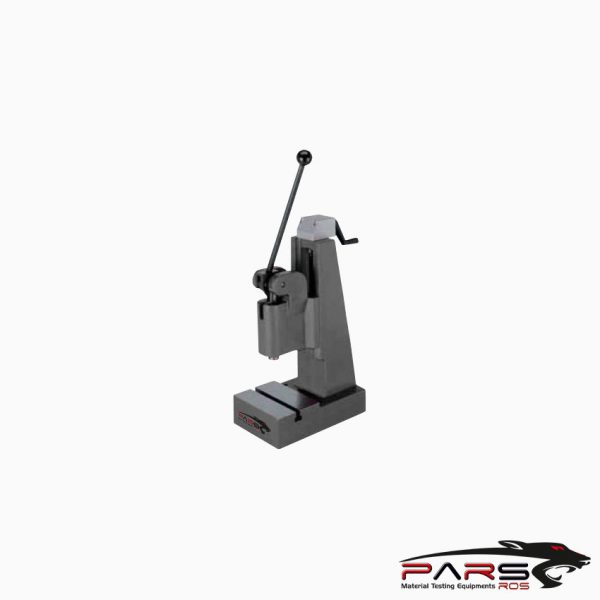
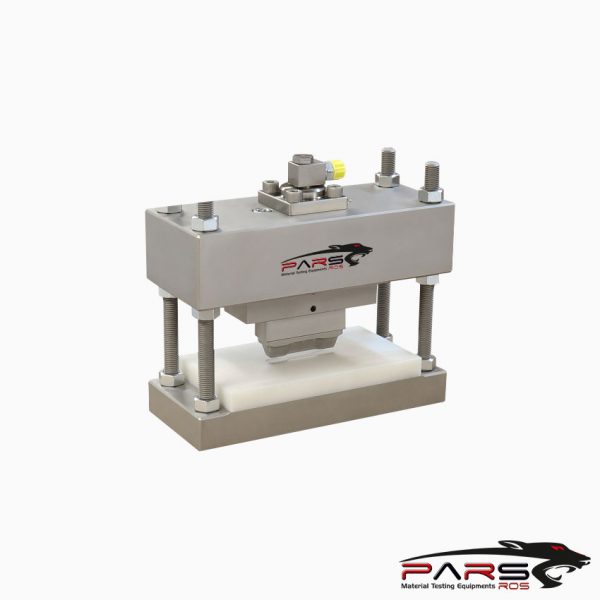
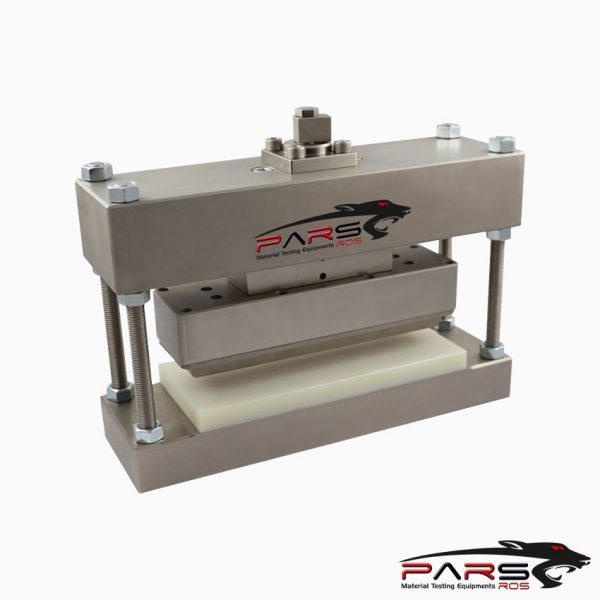
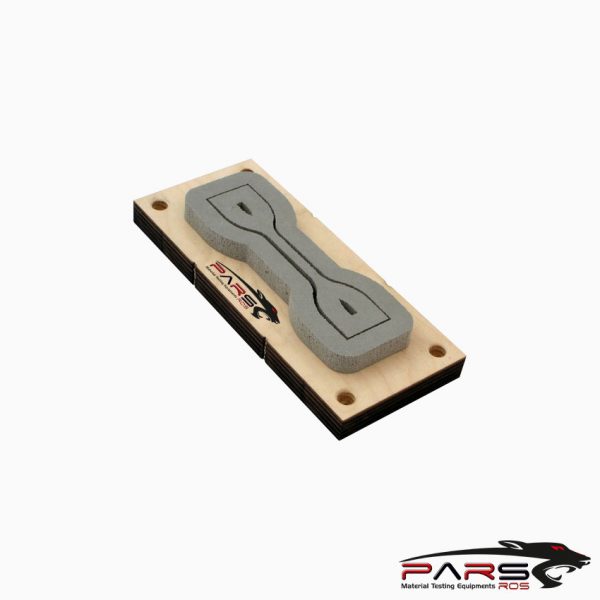
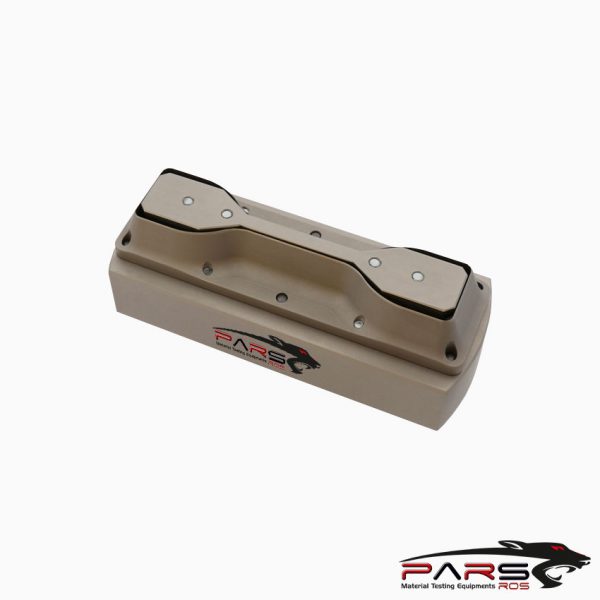
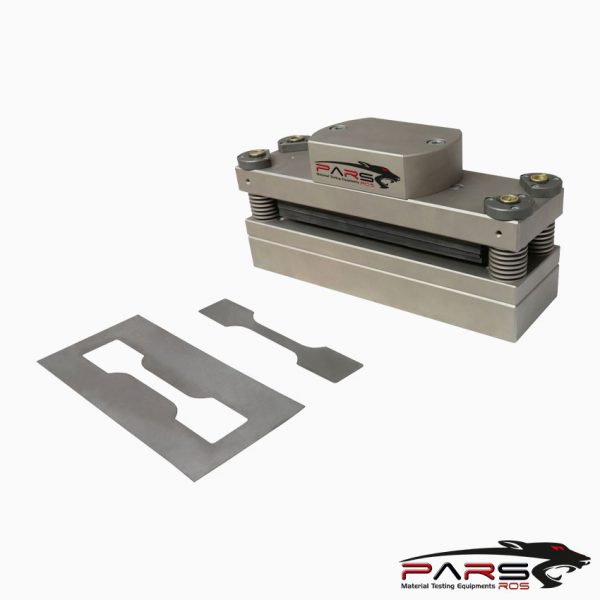
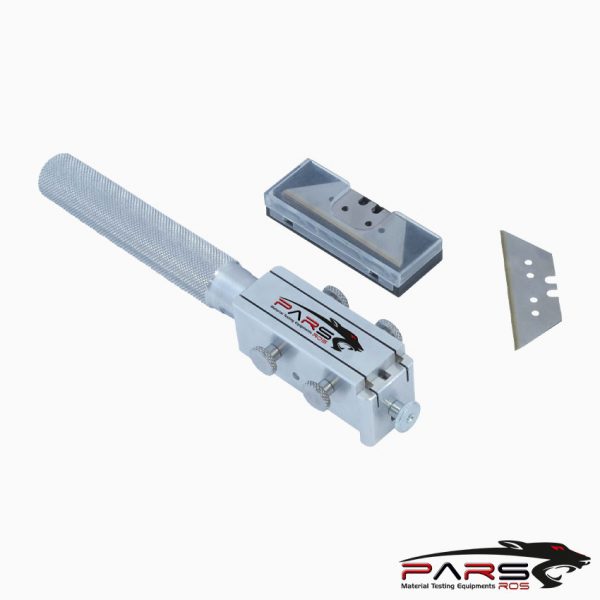
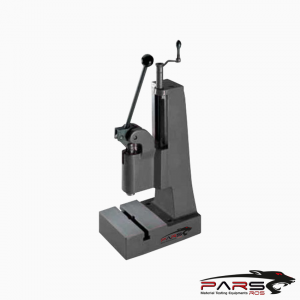
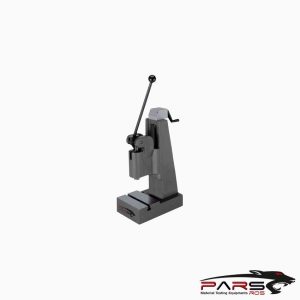
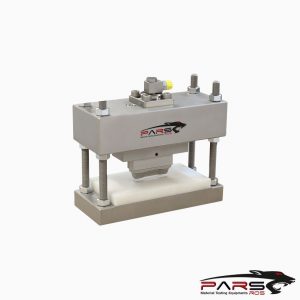
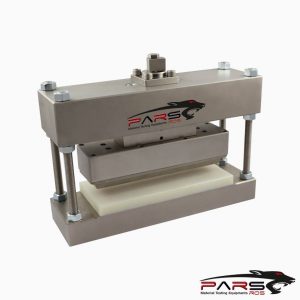
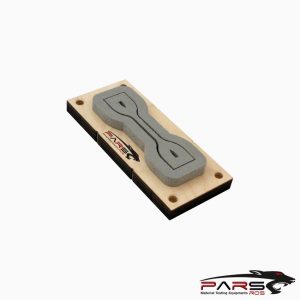
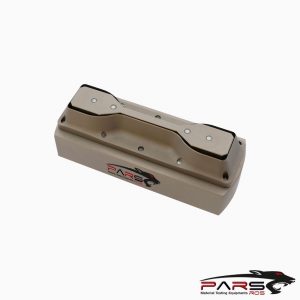
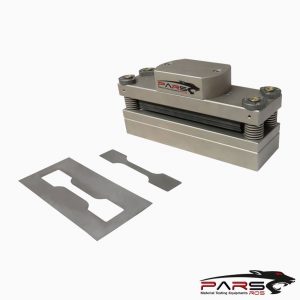
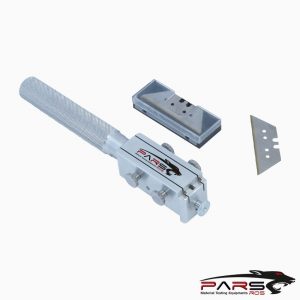
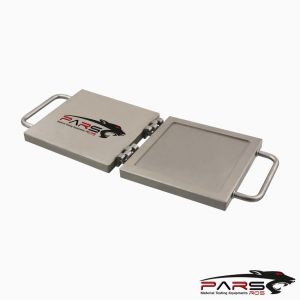
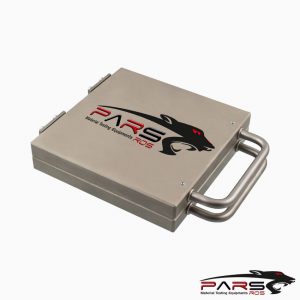
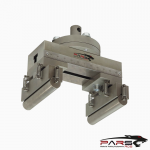
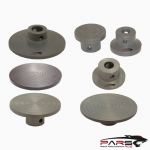
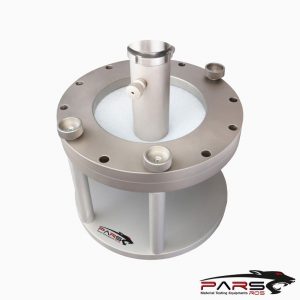
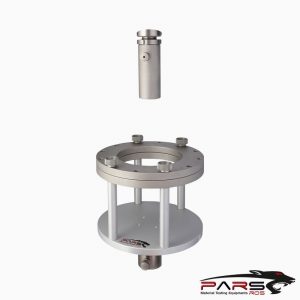
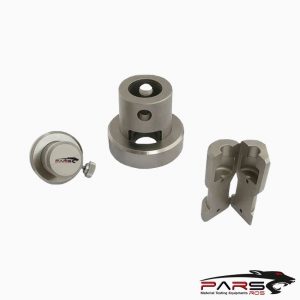
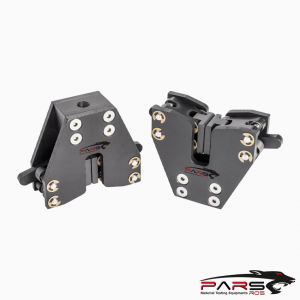
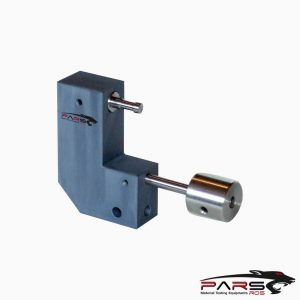
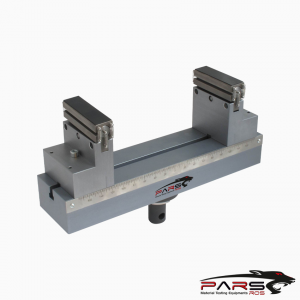
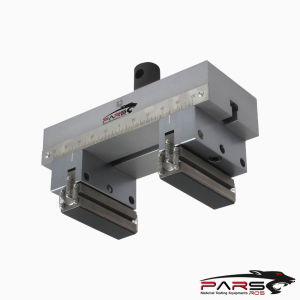
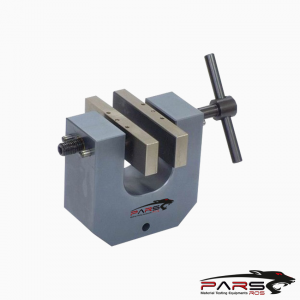
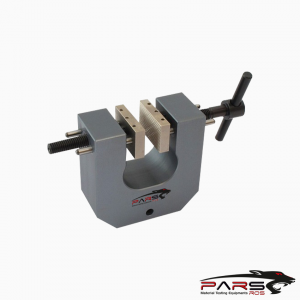
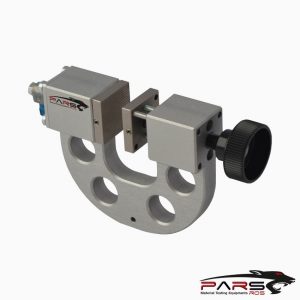
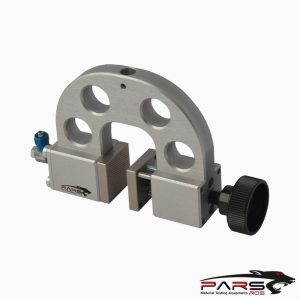
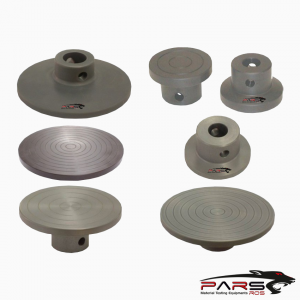
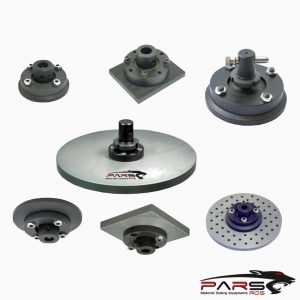
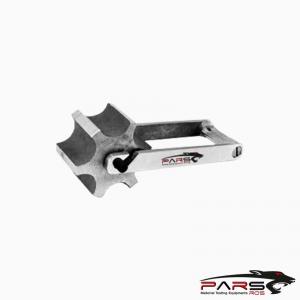
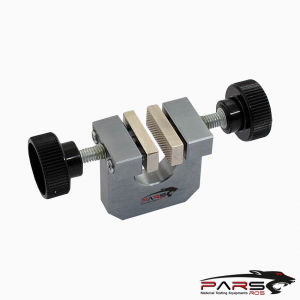
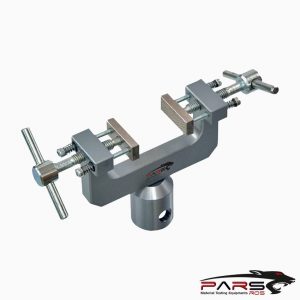
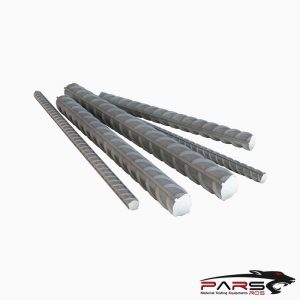
Leave a Reply